Paris has always whispered stories of love, art, and intrigue, but few chapters are as layered as the History of Escorts in Paris. From medieval alleyways to glittering BelleÉpoque salons, the evolution of escort services mirrors the city’s shifting social norms, legal battles, and cultural revolutions. This article untangles those threads, offering a clear timeline that lets readers see how past policies and attitudes still shape today’s scene.
Key Takeaways
- Escorts in Paris trace back to medieval brothels, regulated by royal edicts as early as the 14thcentury.
- The Napoleonic era introduced strict licensing, creating famous MaisonClose (luxury brothels that catered to elite clientele) that defined the BelleÉpoque.
- WorldWarII upheavals forced many escorts underground, reshaping the industry’s structure.
- Post‑war liberalization saw the decline of traditional maisons and the rise of independent escort services.
- Today’s digital platforms blend historic glamour with modern safety standards, while debates over legalization continue.
Early Origins: From Medieval Alcoves to Royal Edicts
In the 1300s, Parisian authorities recognized prostitution as a “necessary evil”. King PhilipIV issued the first recorded decree requiring sex workers to register and pay a modest levy, aiming to curb the spread of disease. These early registries, called carnets de police (police notebooks documenting registered prostitutes), marked the first systematic approach to what would later become the escort profession.
Brothels clustered around the Left Bank, especially near the Île de la Cité, where the Hôtel de la Rue des Halles offered rooms to travelers and soldiers alike. Though rudimentary, these establishments laid the groundwork for organized escort services, establishing a social hierarchy that distinguished “court women” from street-level workers.
Napoleonic Era and the Rise of Licensed Brothels
When NapoleonIII ascended in 1852, he introduced a strict licensing system. The Police des Mœurs (Moral police tasked with regulating vice) issued permits only to brothels that met hygiene, location, and moral standards. This move birthed the iconic MaisonClose (high‑end brothels catering to aristocrats, artists, and foreign dignitaries).
Notable maisons like Le Chabanais and La Fleur blanche became institutions, featuring opulent décor, private chambers, and a strict code of conduct. Guests paid for companionship, conversation, and artistry-services that modern escorts still echo. The era also saw the emergence of the term “escort” in French newspapers, describing “accompagnateurs de dames” who provided refined company at social events.
BelleÉpoque: The Golden Age of Glamour
The period from 1870 to 1914 is often hailed as the pinnacle of Parisian escort culture. Economic prosperity, artistic ferment, and lax moral policing merged to create an environment where sex work could thrive under a veneer of elegance.
Establishments such as Le Moulin Rouge-though primarily a cabaret-hired “les danseuses‑escortes” who mingled with patrons between performances. Meanwhile, Maisonde la Reine (a famed brothel noted for its luxurious interiors and discreet service) catered to royalty, offering a curated list of escorts with talents ranging from piano to poetry.
Escorts became muses for painters like Toulouse‑Lautrec, who immortalized them on canvas, solidifying their cultural status. The era also introduced “pink houses”-smaller, boutique establishments that focused on personalized experiences rather than sheer volume.
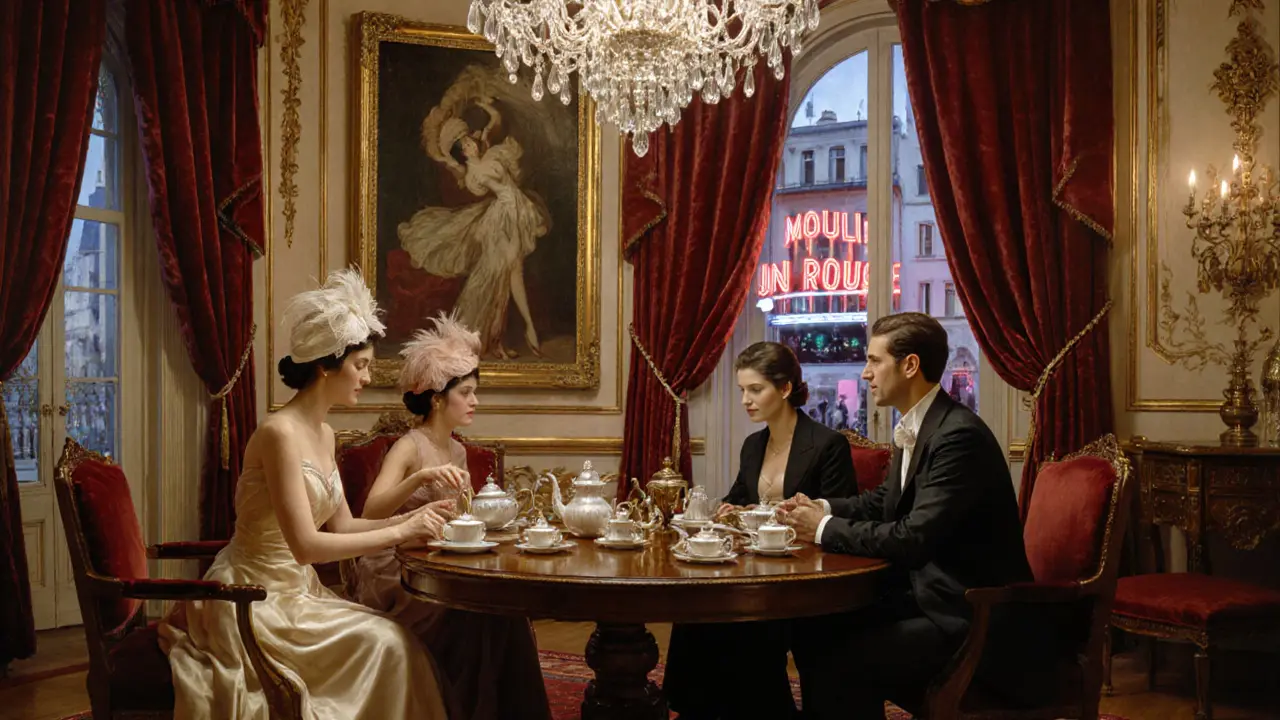
Interwar Period and WorldWarII: Turbulence and Transformation
The aftermath of WorldI forced many maisons to close due to economic strain and shifting societal values. However, the 1920s saw a resurgence of “les noctambules”, independent escorts who operated out of private apartments, offering discretion that appealed to expatriates and artists fleeing the war’s devastation.
During the German occupation (1940‑44), the industry faced intense scrutiny. The Vichy regime reinstated strict bans, yet underground networks flourished, providing intelligence to Resistance groups. Some escorts doubled as couriers, smuggling messages and forged documents-an unexpected intertwining of sex work and espionage.
Post‑liberation, the French government lifted many restrictions, but the stigma lingered. A new generation of escorts emerged, inspired by the liberated spirit of the era, emphasizing autonomy over institutional control.
Post‑War to Modern Era: From Decline to Digital Dawn
The 1950s and 1960s marked the decline of traditional maisons. Rising real estate prices in central Paris forced many brothels to relocate or shut down. Simultaneously, the 1970s feminist movement sparked debates about agency, leading to the 1975 “Loi Marthe Richard”, which outlawed brothels but allowed independent sex work.
Independent escorts began advertising in “Petit Parisien” classifieds, a practice that persisted until the rise of the internet. The 1990s saw the launch of early websites like “ParisEscort.com”, offering discreet listings and photos. By the 2010s, smartphone apps transformed the landscape, enabling real‑time booking, secure payments, and client reviews-features that echo the meticulous record‑keeping of the 14th‑century carnets but with unprecedented privacy.
Legal debates continue. While prostitution remains legal in France, solicitation and brothel‑keeping are prohibited. The 2020 “French Model” law focuses on penalizing clients rather than workers, aiming to protect escorts while discouraging demand. This model shapes the current operating environment, where many escorts operate as freelancers, leveraging platforms that emphasize safety and consent.
Contemporary Landscape: Tradition Meets Technology
Today’s Parisian escorts blend historic allure with modern convenience. Many cite the city’s heritage-cobblestone streets, historic cafés, and the lingering romance of the BelleÉpoque-as selling points. Clients often seek “experience‑based” services, requesting tours of hidden passages, art galleries, or private concerts.
Digital platforms have instituted verification processes, background checks, and emergency protocols, addressing safety concerns that have haunted the industry for centuries. Meanwhile, tourism agencies sometimes collaborate with vetted escort services to offer “cultural companionship” packages, sparking ethical discussions about commodifying intimacy.
Looking ahead, the rise of AI‑driven matchmaking and virtual reality experiences could further redefine what an escort service entails, merging the tactile with the digital while still honoring the centuries‑old narrative of companionship.
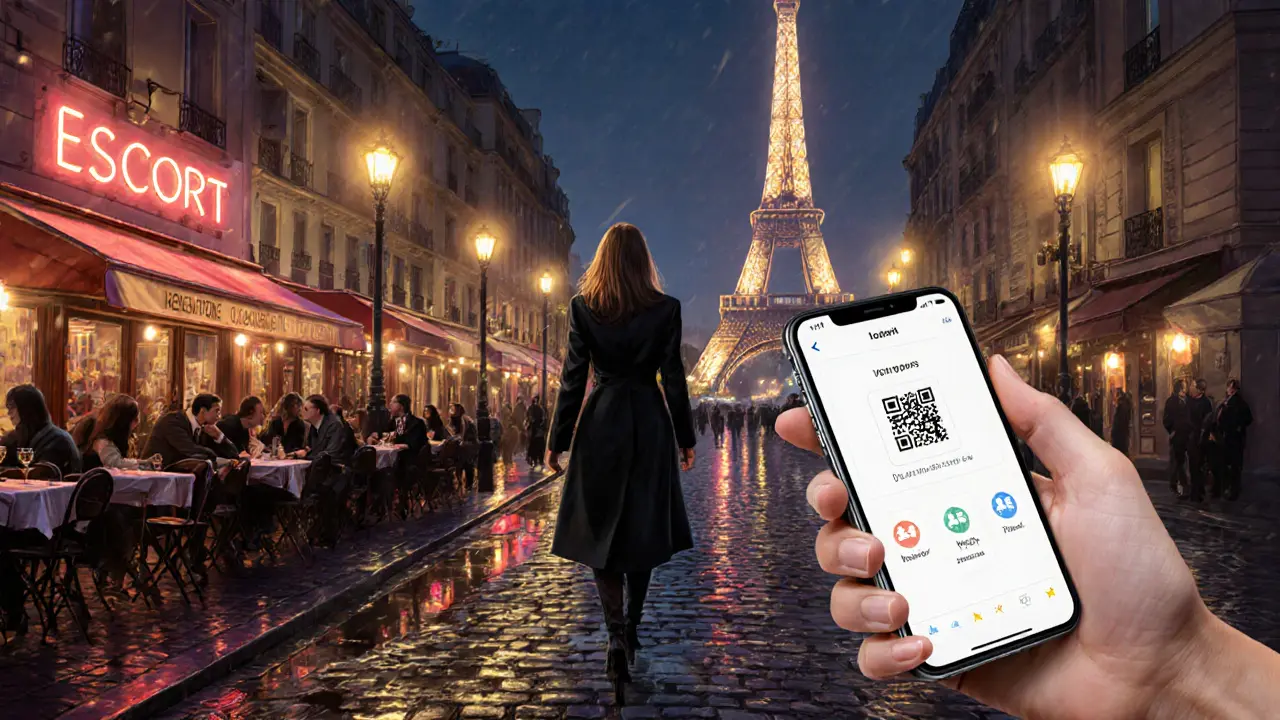
Era Comparison Table
| Era | Legal Status | Prominent Establishments | Social Attitude |
|---|---|---|---|
| Medieval (14th‑16thC.) | Regulated by royal decree | Street brothels, carnets de police | Accepted as public health measure |
| Napoleonic (1850‑1870) | Licensed maisonsclose | Le Chabanais, La Fleur blanche | Elite‑centric, discreet respectability |
| BelleÉpoque (1870‑1914) | Permitted, heavily taxed | Maisonde la Reine, Moulin Rouge escorts | Romanticized, artistic muse |
| Interwar/WWII (1918‑1945) | Fluctuating, underground during occupation | Independent noctambules, covert networks | Mixed-skepticism vs. wartime necessity |
| Post‑war (1950‑1990) | Brothels banned (1975), independent allowed | Classified ads, early websites | Stigmatized, emerging feminist discourse |
| Modern (2000‑present) | Legal but solicitation illegal; client‑penalized | Digital platforms, app‑based services | Focus on safety, consent, and empowerment |
Frequently Asked Questions
When did escort services first appear in Paris?
The earliest documented form dates back to the 14thcentury, when royal edicts required sex workers to register and pay a levy. These early regulations laid the foundation for organized escort services.
What was a "MaisonClose"?
A MaisonClose was a high‑end, licensed brothel that operated under strict police supervision during the 19th and early 20thcenturies. They catered to aristocrats, artists, and foreign diplomats, offering luxurious rooms and personalized companionship.
How did WorldWarII affect Parisian escorts?
During the German occupation, many traditional brothels were shut down, forcing escorts underground. Some became covert couriers for the French Resistance, using their networks to smuggle messages and documents.
What legal framework governs sex work in modern France?
Prostitution itself is legal, but solicitation, third‑party profiteering, and brothel‑keeping are illegal. The 2020 “French Model” law penalizes clients rather than workers, aiming to protect sex workers while discouraging demand.
How have digital platforms changed escort services?
Apps and websites now offer verification, secure payments, and client reviews. This technology provides greater safety, privacy, and autonomy compared to the printed classifieds of the 1990s.
Next Steps for Curious Readers
If you’re interested in digging deeper, consider exploring original court records from the 14thcentury, visiting the Musée des Arts et Métiers for artifacts related to the police des mœurs, or reading memoirs of famed escorts like Liane de Pougy. Understanding the past gives you a richer perspective on today’s Parisian escort scene and the ongoing dialogue about sex work rights.
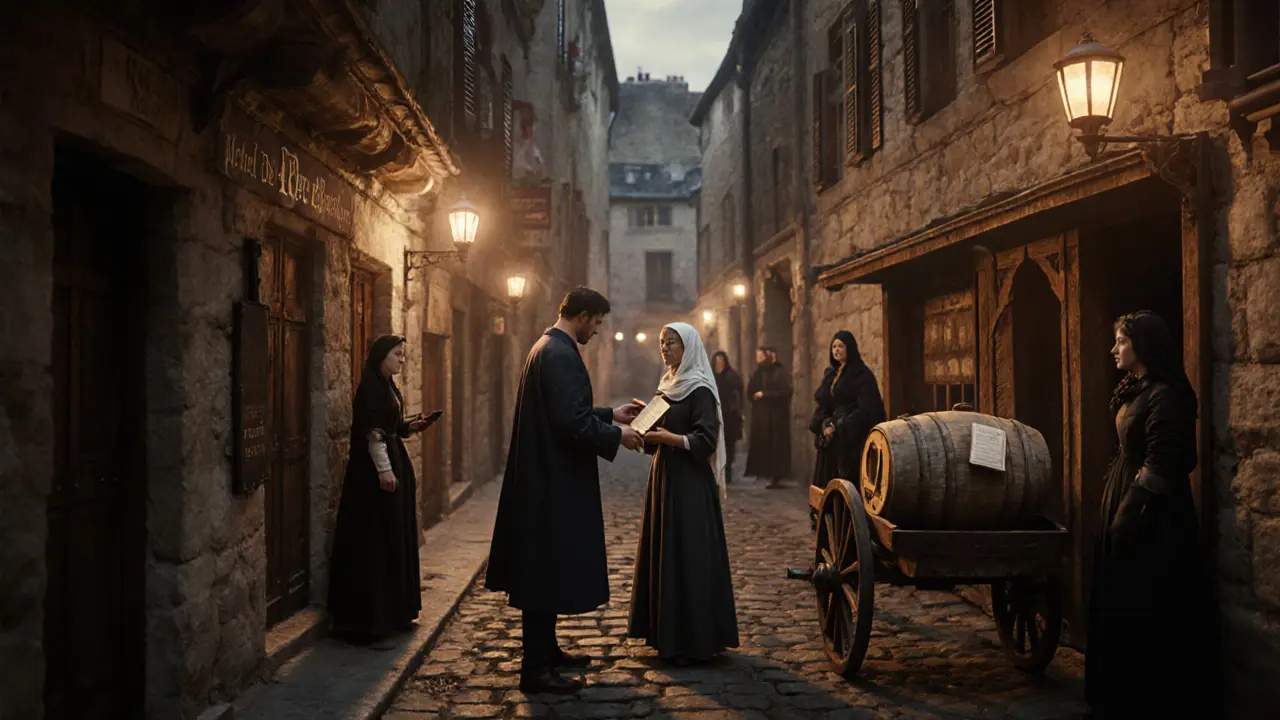



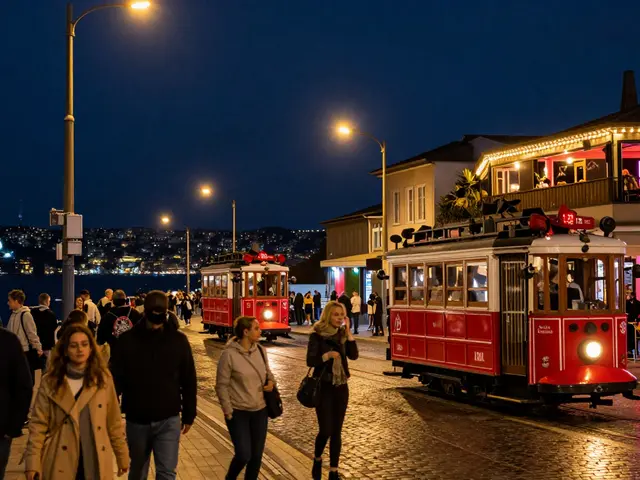
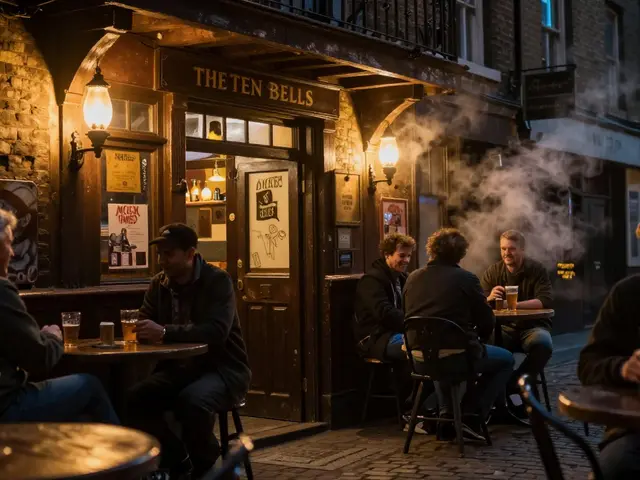

Write a comment